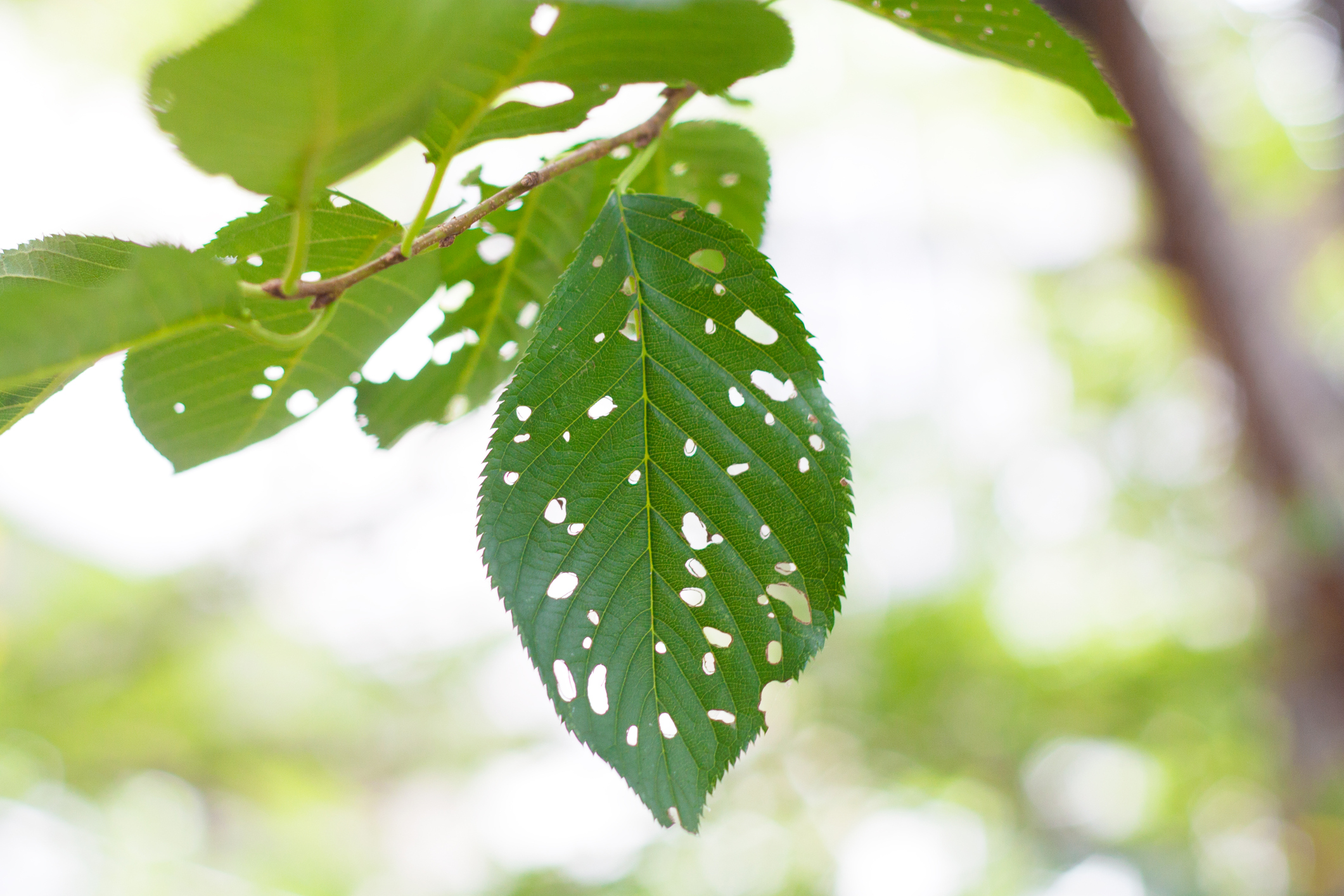Japanese Beetle Fact Sheet
What are Japanese Beetles?
The Japanese beetle is an invasive pest that has caused significant damage to trees, plants, shrubs and crops in the United States. Adult Japanese beetles have shiny, metallic-green bodies and copper or bronze-colored wing covers. You may even spot them flying from tree to tree. The grub or larvae are C-shaped with a brown head a grayish-black rear end. The adults feed on leaves while the grub feed on plant roots and lawn grasses.
They eat more than 300 plant species including apple, birch, elm, linden, maple, and oak trees. Rose bushes are also particularly susceptible to feeding. Japanese beetle outbreaks typically occur from late June through August.
History of Japanese Beetles in Minnesota
Japanese beetles were first discovered in the United States in the early 1900’s and have been present in Minnesota for decades. Many people took notice of them around 2011 when they were very prevalent in the Twin Cities metro area.
What are the signs or symptoms of Japanese Beetle damage?
The number one sign of Japanese beetle damage is holes in leaves with only the veins remaining. This is often referred to as a ‘skeletonizing’ because of the appearance of the leaves.
Treatment options
There are a lot of different ways to prevent Japanese beetle damage and to treat your plants and trees. Lawn applications can be done in early spring or summer to kill the grub or larvae. Another method is fungal spray applied directly to the tree or plant. Some choose to hand pick the beetles from the plants, but this is only feasible if the outbreak is small. Others try Japanese beetle traps, but these can sometimes attract more beetles than originally present.




